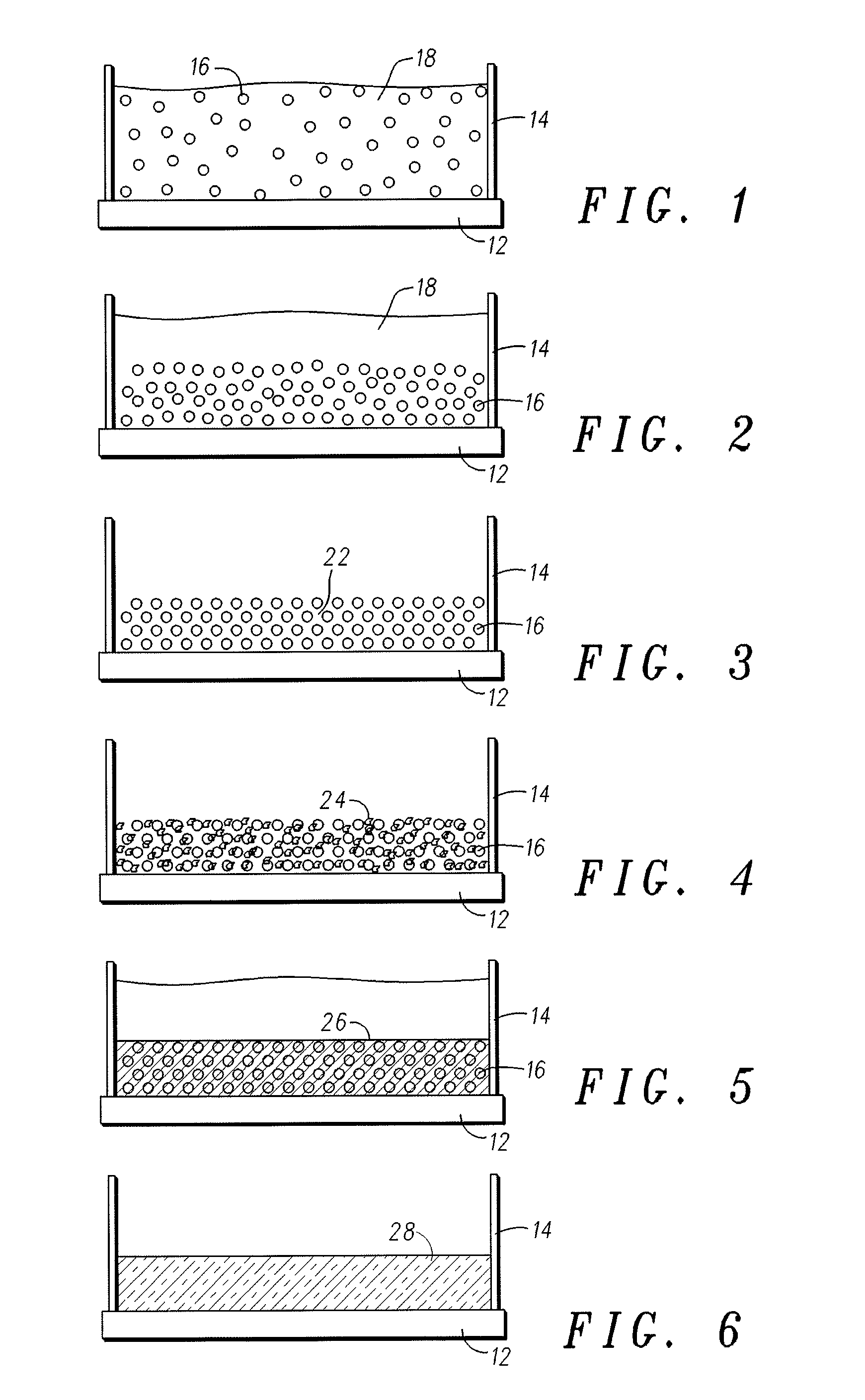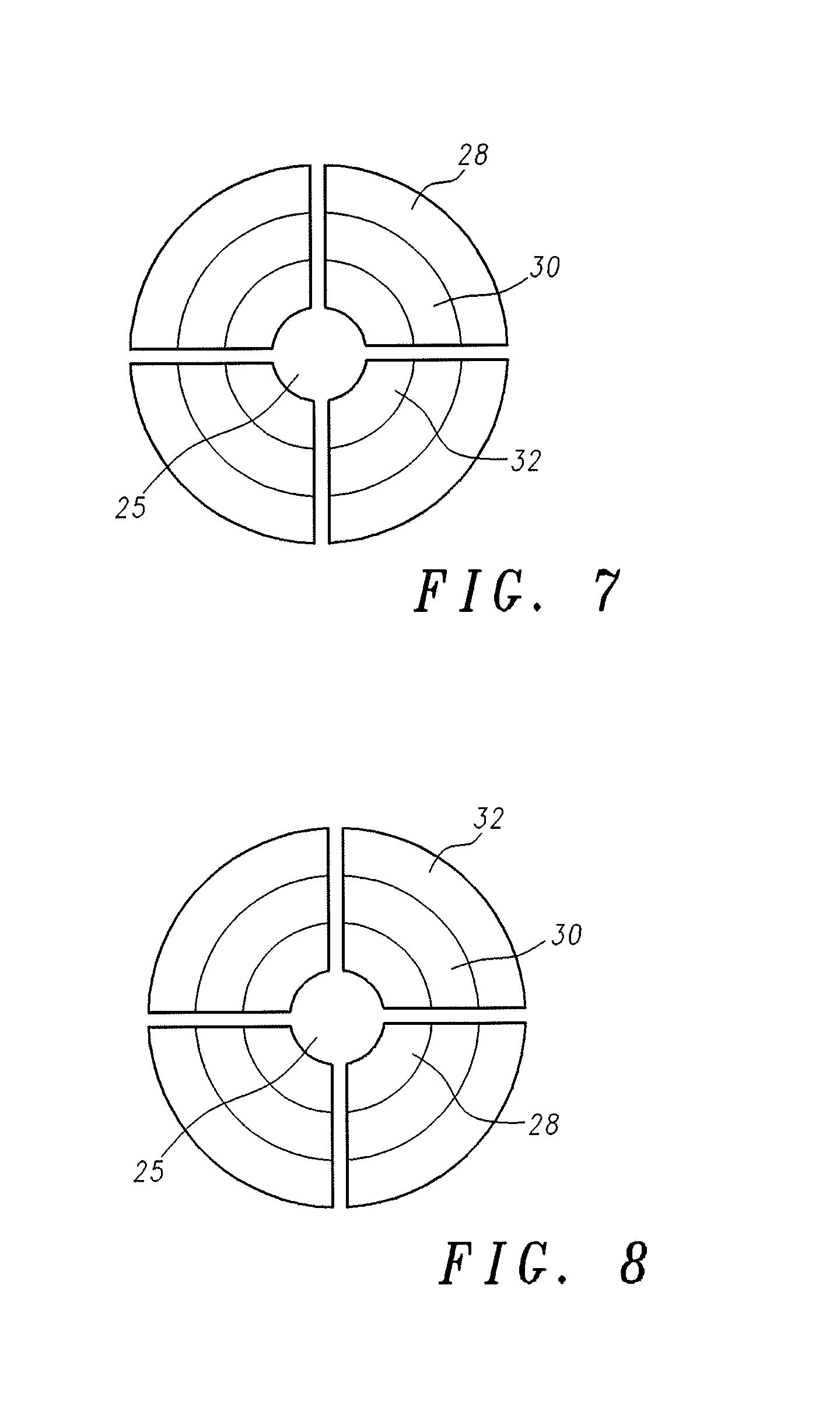Micro fuel cell having macroporous metal current collectors
a fuel cell and micro-porous technology, applied in the field of micro-porous metal current collectors, can solve the problems of limited energy stored in batteries, inconvenience of batteries, limited amount of stored energy,
- Summary
- Abstract
- Description
- Claims
- Application Information
AI Technical Summary
Problems solved by technology
Method used
Image
Examples
Embodiment Construction
[0021]The following detailed description of the invention is merely exemplary in nature and is not intended to limit the invention or the application and uses of the invention. Furthermore, there is no intention to be bound by any theory presented in the preceding background of the invention or the following detailed description of the invention.
[0022]The main components of a fuel cell device are a proton conducting electrolyte separating the reactant gases of the anode and cathode regions, an electrocatalyst which helps in the oxidation and reduction of the gas species at the anode and cathode of the fuel cell, a gas diffusion layer (GDL) to provide uniform reactant gas access to the anode and cathode and removal of gaseous or liquid by-products from the electrocatalyst, and a current collector for efficient collection and transportation of electrons to a load connected across the fuel cell. In traditional fuel cells, the membrane-electrode assembly comprises a sandwich structure o...
PUM
 Login to View More
Login to View More Abstract
Description
Claims
Application Information
 Login to View More
Login to View More - R&D
- Intellectual Property
- Life Sciences
- Materials
- Tech Scout
- Unparalleled Data Quality
- Higher Quality Content
- 60% Fewer Hallucinations
Browse by: Latest US Patents, China's latest patents, Technical Efficacy Thesaurus, Application Domain, Technology Topic, Popular Technical Reports.
© 2025 PatSnap. All rights reserved.Legal|Privacy policy|Modern Slavery Act Transparency Statement|Sitemap|About US| Contact US: help@patsnap.com



